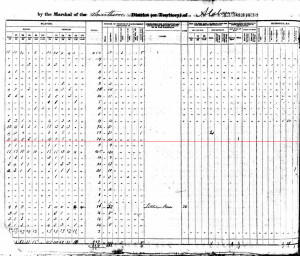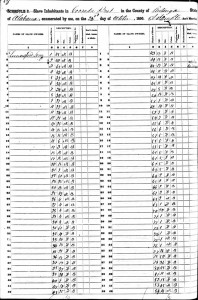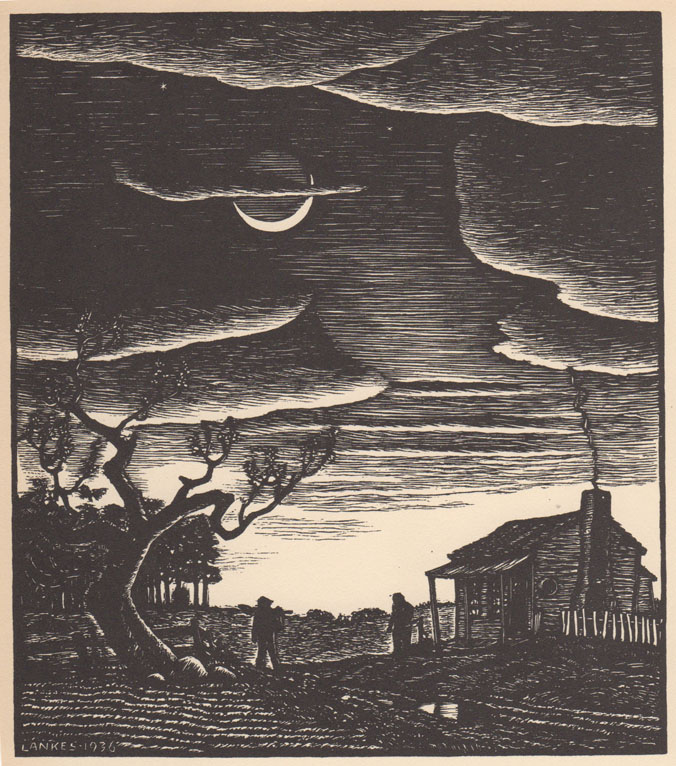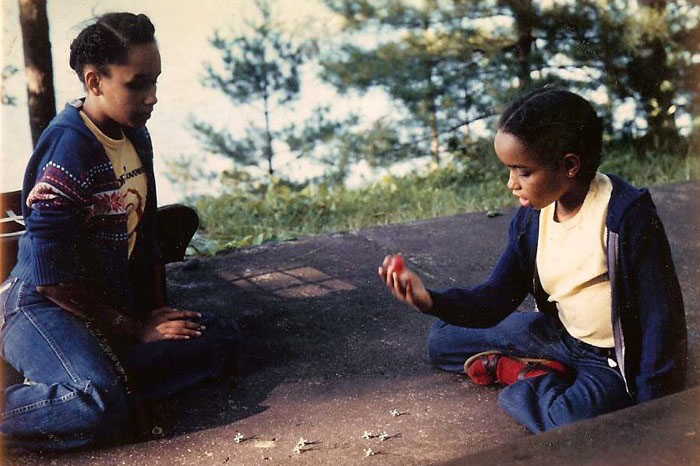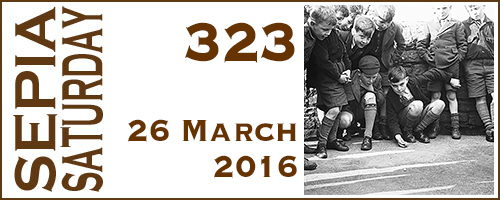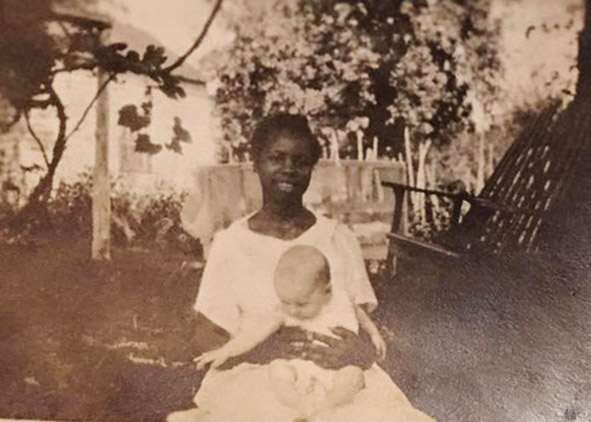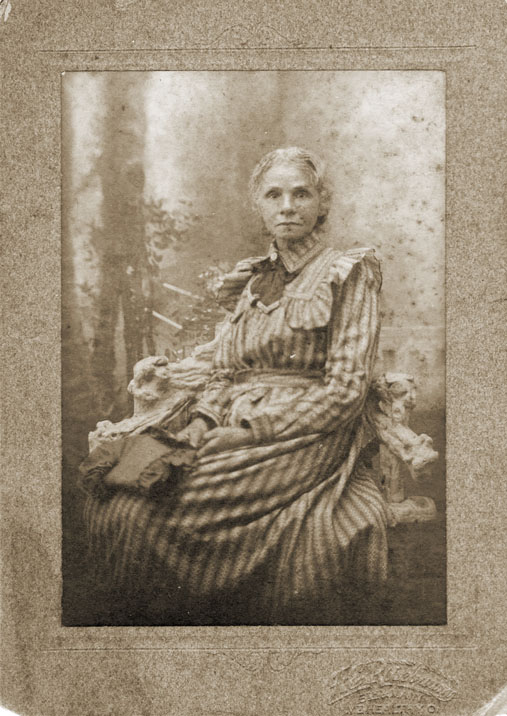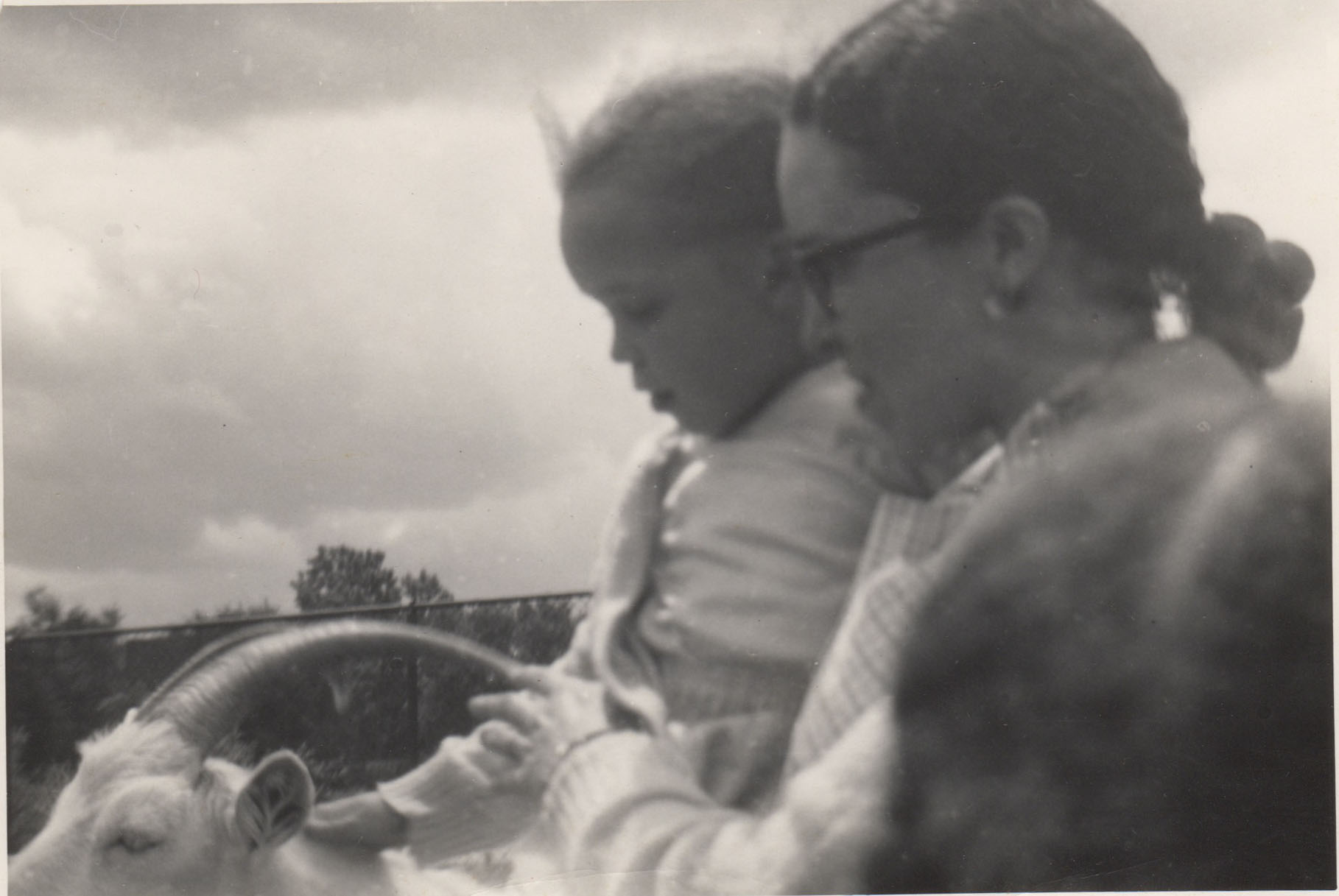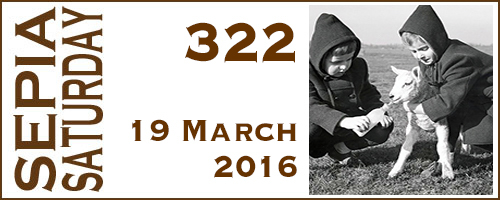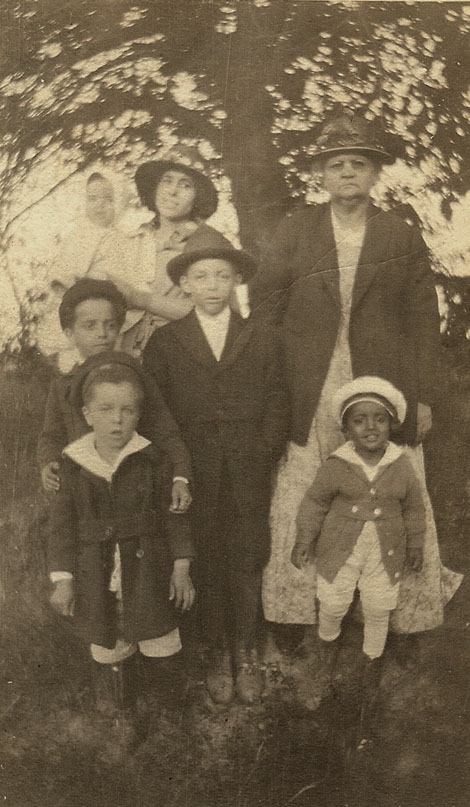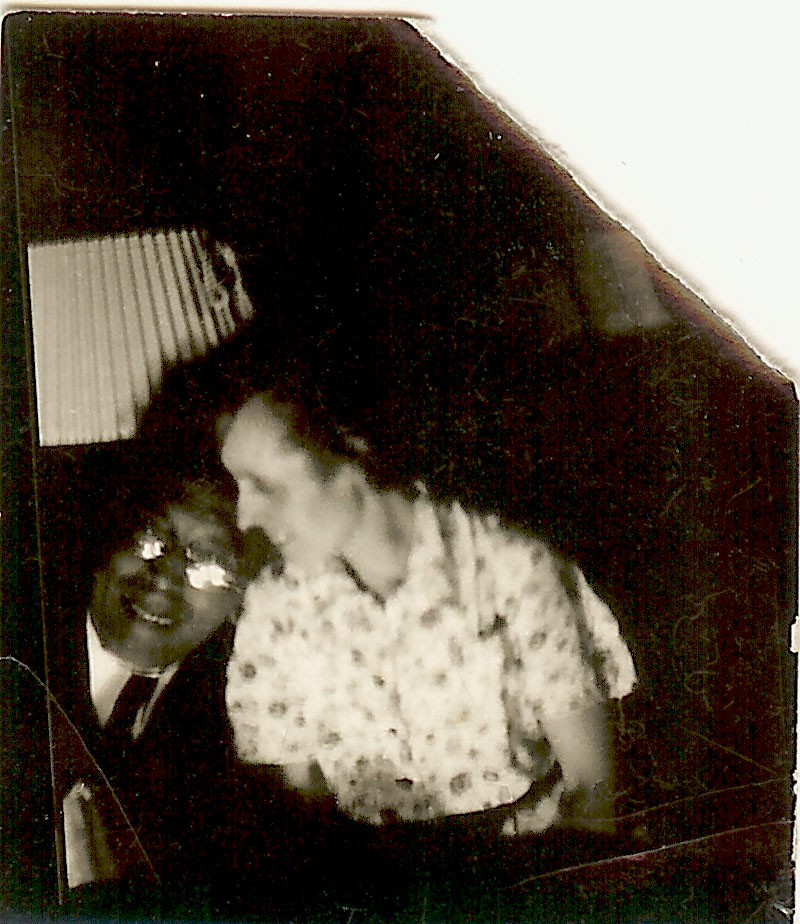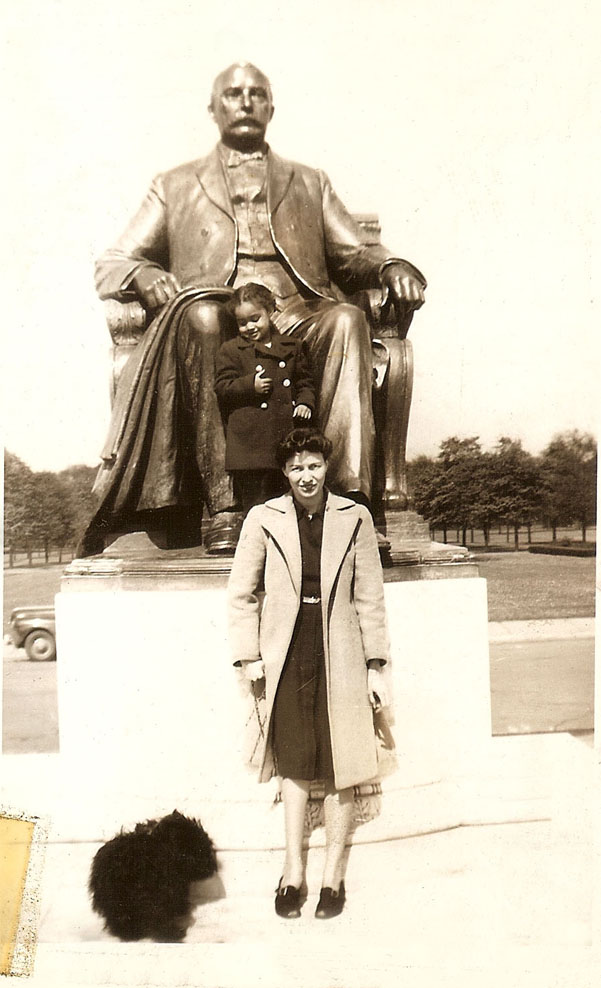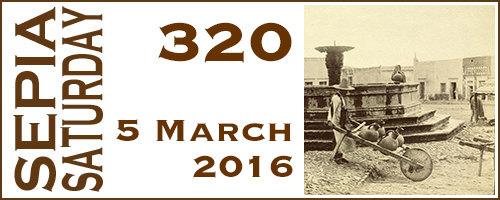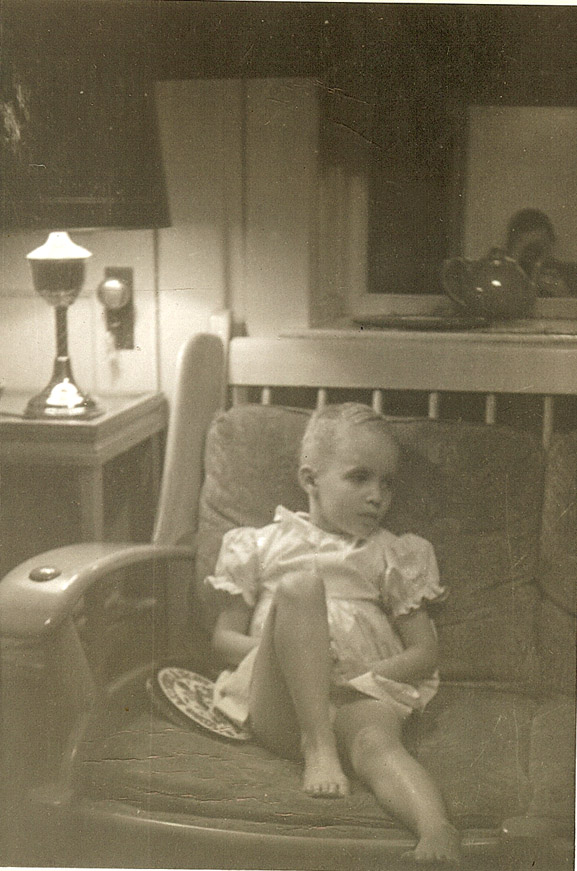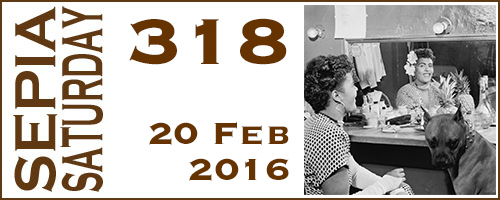This is my 4th year participating in the A-Z Challenge. I will be writing about people who were born into slavery and were later free. In a few cases I will be writing about the descendants of enslaved people who were born free. I believe Prissa to be my 2x great grandmother. I am still working on proving it.
Today I am going to write about census records I found for Prissa Jackson. Some of them are speculation because there are no names. Prissa Jackson was born into slavery about 1838 in Alabama on Lunceford Long’s plantation in what was then Autauga County Alabama and in 1866 became Elmore County. The first census we will look at will be Long’s 1840 Census. Nobody is named except for Lunceford Long. Page 2 of the 1840 Census for Langford Long shows the enslaved members of the household and tells in what industry and how many are employed. In this case 45 employed in Agriculture. Prissa would have been one of the enslaved 18 females under 10.
The 1850 slave census for Lunsford Long starts on page 56 and continues on the next page with 21 more names. Prissa would have been one of the unnamed female slaves about age 12.
1860 Census for Lunceford Long’s household. He is listed as a planter with real estate worth $15,000 and personal property worth $240,000. In the same household, his son James is also listed as a planter with personal property worth $34,000. His widowed daughter, Tempe, also in the household is listed as a planter with real estate worth $6,000 and personal property worth $34,000. Personal property included the value of people you enslaved.
In 1860 the number of slave cabins was added to the census. Long had 25 cabins for 160 people. Prissa would have been about 22 in 1860, give or take a few years.
Next there should be the 1866 Alabama State Census. It was the first census taken after the the Civil War. It included both the black and white population, seperatly. Unfortunately the census for Elmore County isn’t online. Maybe there was confusion as Elmore County was formed in 1866 from parts of Autauga, Coosa and Montgomery counties. The form for the 1866 census was similar to the 1840 census and only included the name of the head of household.
Prissa finally appears by name, with the rest of her household in the 1870 census. Click to enlarge. Unfortunately I have not found Prissa in any other censuses.
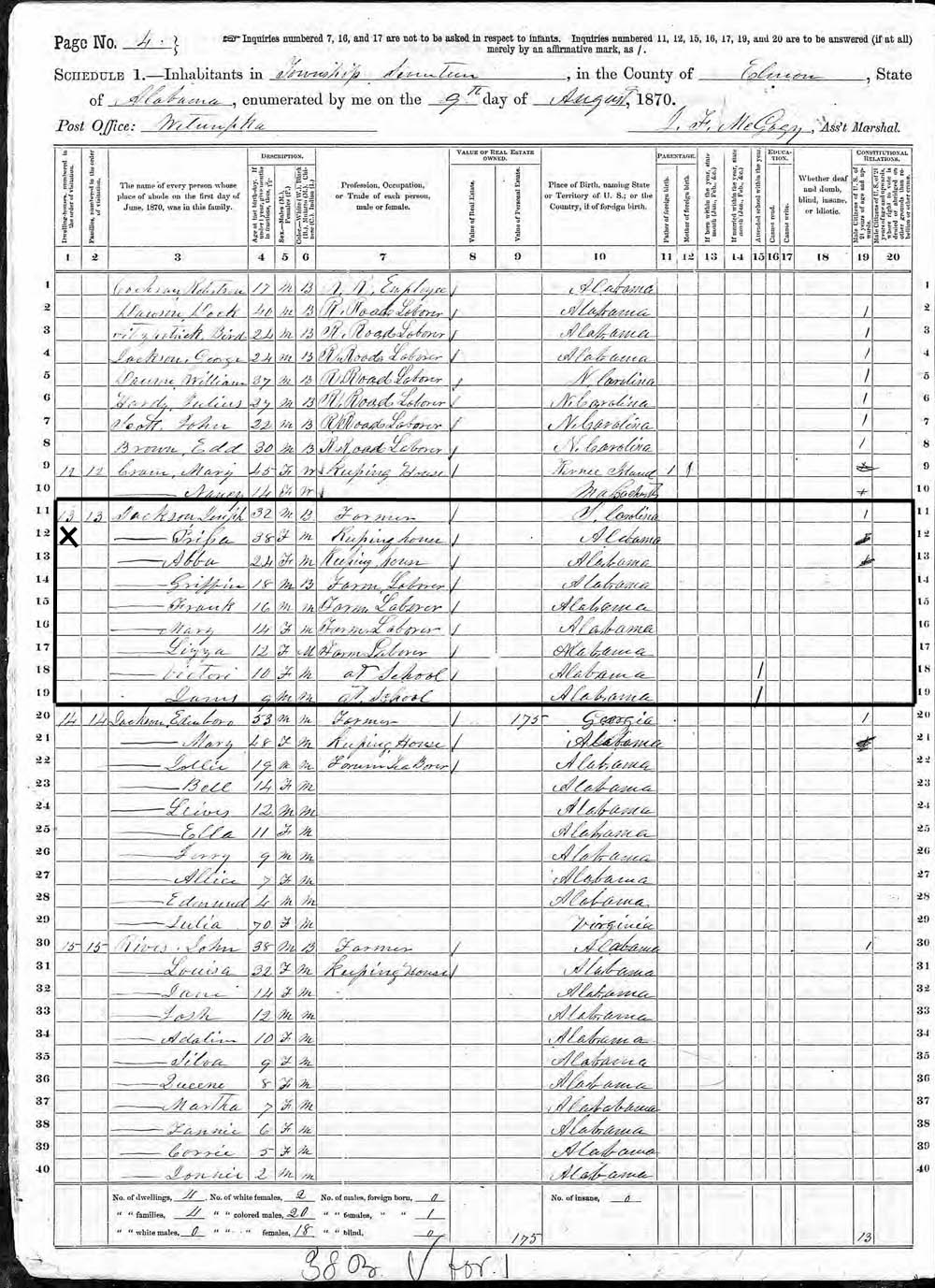
1870 United States Federal Census Name: Prissa Jackson Age in 1870: 38 Birth Year: abt 1832 Birthplace: Alabama Home in 1870: Township 17, Elmore, Alabama Race: Black Gender: Female Post Office: Wetumpka Name Age Joseph Jackson 32 Prissa Jackson 38 Abba Jackson 24 Griffin Jackson 18 Frank Jackson 16 Mary Jackson 14 Lizza Jackson 12 Victor Jackson 10 Jams Jackson 9 Source Citation Year: 1870; Census Place: Township 17, Elmore, Alabama; Roll: M593_15; Page: 20B; Image: 231; Family History Library Film: 545514

